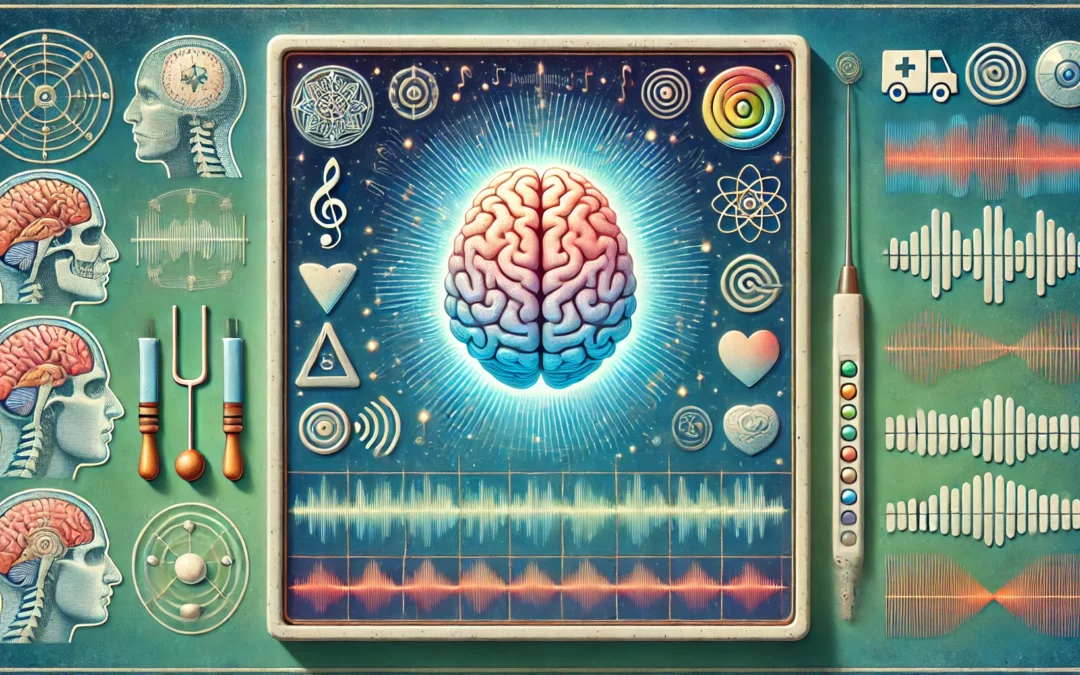Epilepsy, a neurological disorder characterized by recurrent seizures, involves complex interactions within the brain’s electrical activity. Research has shown that specific frequency ranges are significant in both the detection and management of epileptic activity. These frequency bands can be broadly categorized into low-frequency and high-frequency bands, each serving distinct purposes.
Low-Frequency Bands
0.5 to 25 Hz: This range is crucial for detecting epileptic discharges from scalp recordings. The cranium acts as a low-pass filter, making lower frequencies more relevant for non-invasive EEG (electroencephalogram) analysis. These frequencies are essential for identifying abnormal brain activity associated with epilepsy and are widely used in clinical settings for diagnostic purposes.
High-Frequency Bands
60 to 150 Hz (Gamma Oscillations): High-frequency gamma oscillations are linked to the initiation of epileptiform potentials and seizures. These oscillations are particularly important in the context of intracranial EEG recordings, where electrodes are placed directly on the brain’s surface. Gamma oscillations provide detailed insights into the brain’s electrical activity during the onset of seizures.
250 to 500 Hz (Fast Ripples): Fast ripples represent another high-frequency component observed at the onset of seizures, especially in mesiotemporal lobe epilepsy. These frequencies are critical for identifying the epileptogenic zone, the specific brain area where seizures originate. Fast ripples enhance the accuracy of presurgical workups, aiding in the precise localization of seizure activity, which is essential for effective surgical intervention.
Therapeutic Use of Music
One intriguing approach to managing epilepsy involves the therapeutic use of music, particularly Mozart’s compositions. Studies have demonstrated that listening to Mozart’s Sonata for Two Pianos in D major (K.448) can reduce seizure frequency in individuals with epilepsy. This effect is attributed to the specific rhythmic and harmonic structures of Mozart’s music, which may beneficially influence brain activity.
A comprehensive study on this topic can be found in the government research document available at NCBI.
The PEMFHealing.App leverages advanced frequency energetics to provide innovative solutions for epilepsy management, incorporating scientifically-backed frequencies to reduce seizure frequency and improve well-being. Our app offers tailored frequency programs, an easy-to-use interface, and a holistic approach that includes meditation, diet tips, and exercise recommendations. With risk-free trials and a free download, users can experience the benefits of our epilepsy-specific programs without any commitment. Discover natural and effective epilepsy control with the PEMF Healing App and start your journey to better health today.
Conclusion
Both low and high-frequency bands play significant roles in the detection and management of epilepsy. Low-frequency bands are essential for non-invasive detection through scalp EEGs, while high-frequency bands provide critical insights during intracranial EEG recordings. Additionally, therapeutic interventions, such as listening to Mozart’s music, have shown promise in reducing seizure frequency. These multifaceted approaches highlight the importance of specific frequency ranges in understanding and managing epilepsy, offering hope for improved diagnostic and therapeutic strategies.
For more detailed information on the impact of music therapy on epilepsy, refer to the full study available at NCBI.

